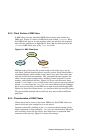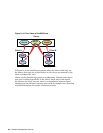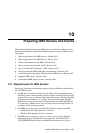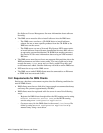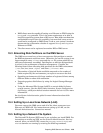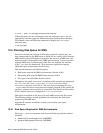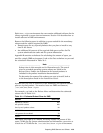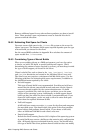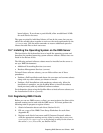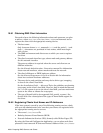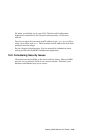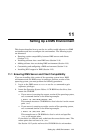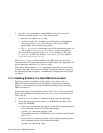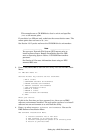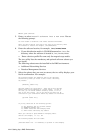kernel objects. If you choose a partial build, allow an additional 15 Mb
for each client’s root area.
The space required by individual clients will not be the same, but you can
add all the needed spaces together to arrive at the total requirement for the
/clients area. You also must remember to reserve additional space for
clients that add files to their root areas.
10.7 Installing the Operating System on the DMS Server
The Installation Guide describes how to install the operating system and
describes the standard operating system software subsets. Subset sizes are
listed in the Release Notes.
The following optional software subsets must be installed on the server to
set up a DMS environment:
• Additional Networking Services (OSFINET)
• Dataless Management Services (OSFDMS)
To install these software subsets, you can follow either one of these
procedures:
• Perform a Full Installation and choose the OSFINET and OSFDMS subsets
along with any other subsets you choose to install.
• Perform a Full Installation with mandatory subsets only. After the
installation is complete, use the SysMan Menu to install the subsets
listed previously and any additional software subsets.
For information about using the SysMan Menu to load software subsets, see
the Installation Guide or sysman
(8).
10.8 Registering DMS Clients
Before you can use DMS to serve a client, you must register the client with a
network naming service and with the DMS server. You must perform the
following tasks to prepare to register clients:
1. Obtain information about each client (Section 10.8.1).
2. Fill out a copy of the DMS Client Setup Worksheet for each client
(Appendix B).
3. Register each client’s host name and IP (Internet Protocol) address
with the appropriate naming service, either by using the NIS or BIND
Configuration Application or by placing an entry for the client in
the server’s /etc/hosts file, see Section 10.8.2.
Preparing DMS Servers and Clients 10–7



